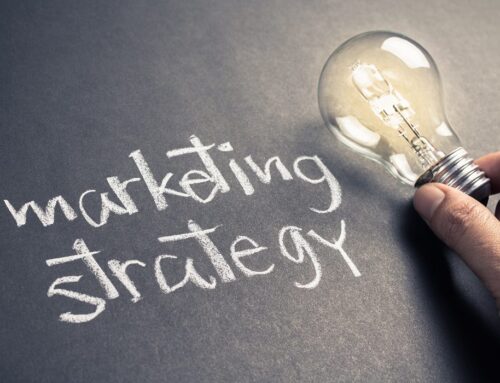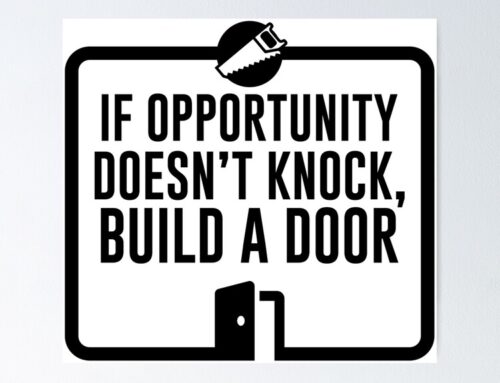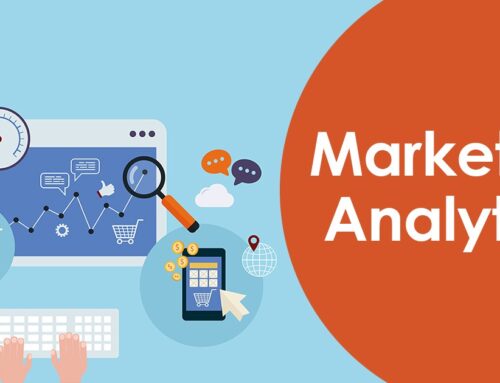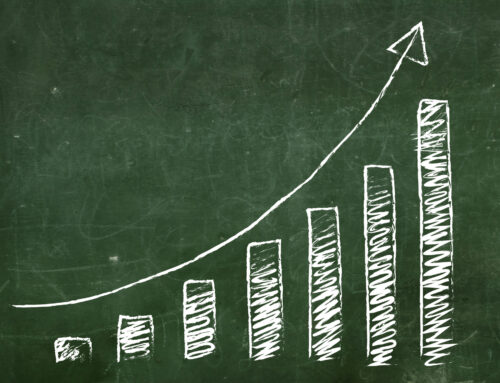
What is Digital Marketing and How Do you Get Started?
Digital marketing, online marketing, internet advertising…whatever you call it, marketing your company online is a big deal these days. After all, internet usage has doubled over the past decade and this shift has massively affected how people purchase products and interact with businesses.
So, what is digital marketing? Digital marketing is like any other type of marketing—it’s a way to connect with and influence your potential customers. The real difference is, you connect with and influence those customers online.
What is Digital Marketing?
Basically, digital marketing refers to any online marketing efforts or assets. Email marketing, pay-per-click advertising, social media marketing and even blogging are all great examples of digital marketing—they help introduce people to your company and convince them to buy.
Here are some of the most common digital marketing assets and strategies businesses use to reach people online:
Digital Marketing Assets
Almost anything can be a digital marketing asset. It simply needs to be a marketing tool you use online. That being said, many people don’t realize how many digital marketing assets they have at their disposal. Here are just a few examples:
- Your website
- Branded assets (logos, icons, acronyms, etc)
- Video content (video ads, product demos, etc)
- Images (infographics, product shots, company photos, etc)
- Written content (blog posts, eBooks, product descriptions, testimonials, etc)
- Online products or tools (SaaS, calculators, interactive content, etc)
- Reviews
- Social media pages
As you can probably imagine, this list just scratches the surface. Most digital marketing assets will fall into one of these categories, but clever marketers are constantly coming up with new ways to reach customers online, so the list keeps growing!
Digital Marketing Strategies
The list of digital marketing strategies is also constantly evolving, but here are some of the strategies most businesses are using:
Pay-Per-Click Advertising
Pay-per-click (PPC) advertising is actually a broad term that covers any type of digital marketing where you pay for every user who clicks on an ad. For example, Google AdWords is a form of PPC advertising called “paid search advertising” (which we’ll go over in a second). Facebook Ads are another form of PPC advertising called “paid social media advertising” (again, we’ll get into that shortly).
Paid Search Advertising
Google, Bing and Yahoo all allow you to run text ads on their Search Engine Results Pages (SERPs). Paid search advertising is one of the best ways to target potential customers who are actively searching for a product or service like yours.
Search Engine Optimization (SEO)
If you don’t want to pay to show up in the SERPs, you can also use search engine optimization (SEO) to try and rank pages or blog posts on your site organically. You don’t have to pay directly for every click, but getting a page to rank usually takes quite a bit of time and effort (for a more in-depth comparison of paid search and SEO, check out this article).
Paid Social Media Advertising
Most social media platforms like Facebook, Instagram, Twitter, LinkedIn, Pinterest and Snapchat will allow you to run ads on their site. Paid social media advertising is great for building awareness with audiences that might not be aware that your business, product or service exists.
Social Media Marketing
Like SEO, social media marketing is the free, organic way to use social media platforms like Facebook or Twitter to market your business. And, just like SEO, organically marketing your business on social media takes a lot more time and effort, but in the long run, it can deliver much cheaper results.
Conversion Rate Optimization (CRO)
Conversion rate optimization (CRO) is the art and science of improving your online user experience. Most of the time, businesses use CRO to get more conversions (leads, chats, calls, sales, etc) out of their existing website traffic.
Content Marketing
Content marketing is another fairly broad digital marketing term. Content marketing covers any digital marketing effort that uses content assets (blog posts, infographics, eBooks, videos, etc) to build brand awareness or drive clicks, leads or sales.
Native Advertising
Ever get to the bottom of an article and see a list of suggested articles? That’s native advertising. Most native advertising falls under content marketing because it uses content to attract clicks (“you’ll never believe what happens next!”). Often, native advertising can be a bit hard to spot, since it is usually mixed in with non-paid content recommendations…but that’s kind of the point.
Email Marketing
Email marketing is the oldest form of online marketing and it’s still going strong. Most digital marketers use email marketing to advertise special deals, highlight content (often as part of content marketing) or promote an event.
Affiliate Marketing
Affiliate marketing is essentially paying someone else (a person or a business) to promote your products and services on their website.
As you can see from the list above, there are a lot of different ways to market your business online, which is why many businesses either hire an agency to manage their digital marketing efforts or pay for an in-house marketing team and marketing automation software to cover their marketing needs.
Article By: Aden Andrus

206-391-5682
i2i@i2idirectmarketing.com
www.i2idirectmarketing.com
“…all deliveries GPS tracked…”




